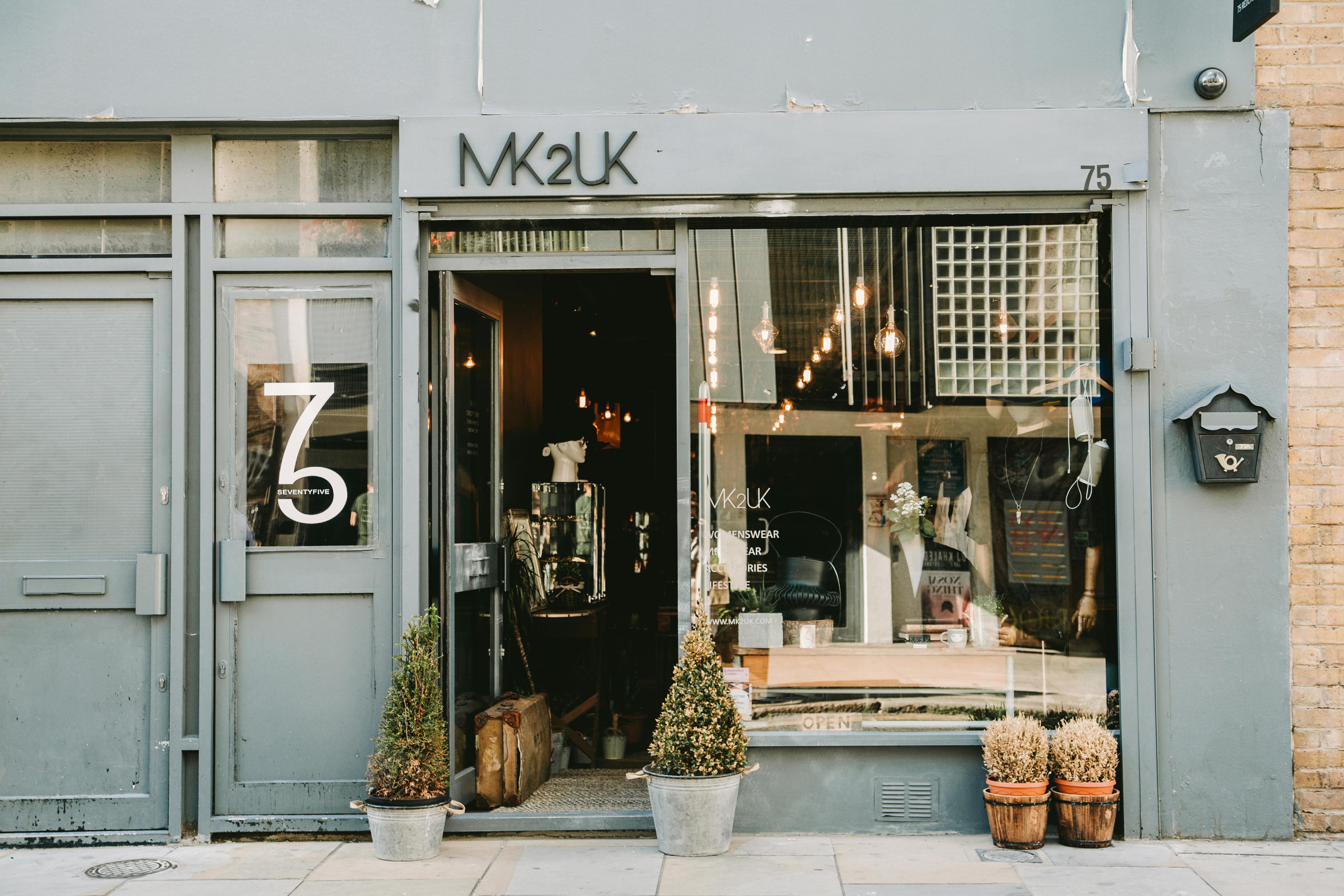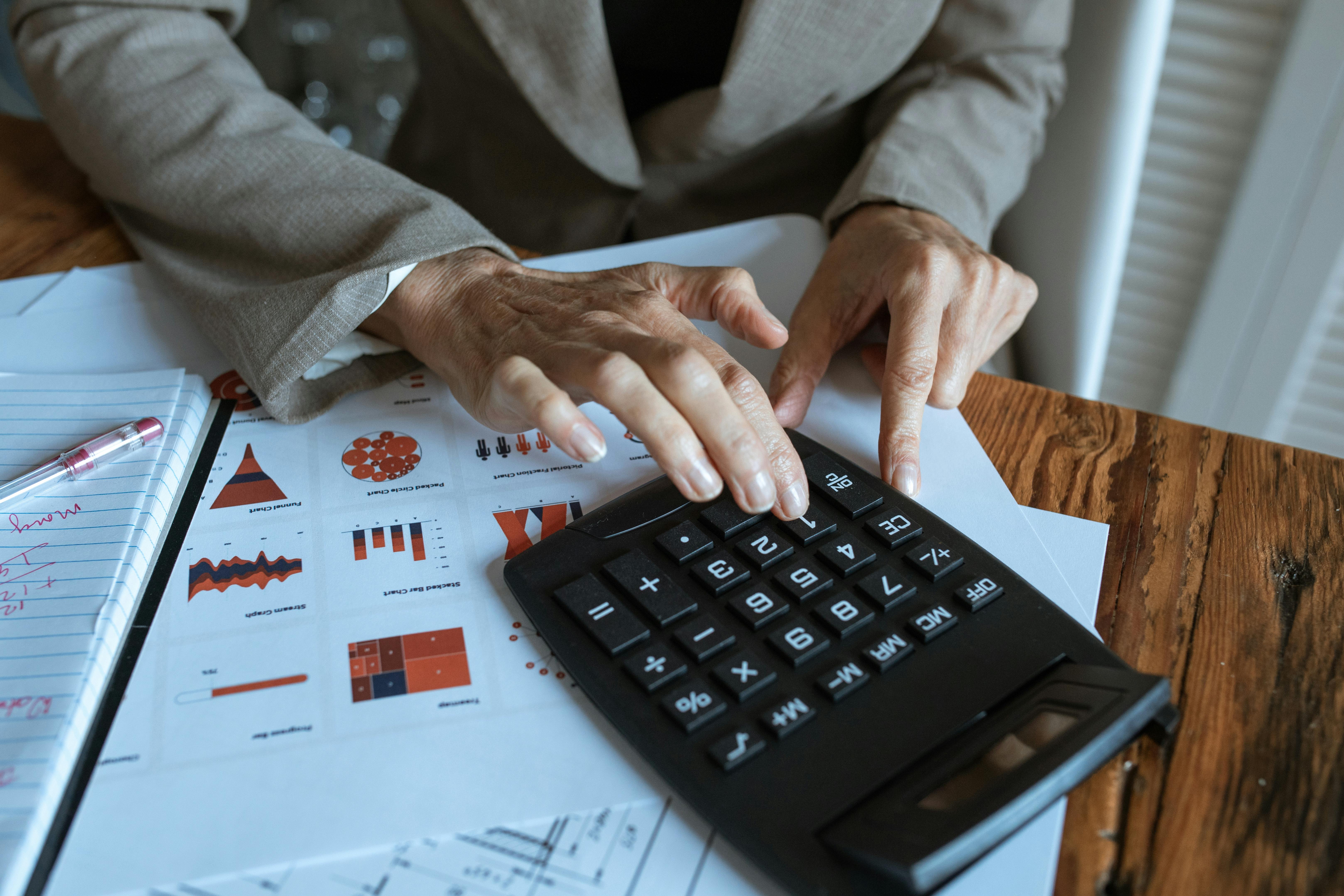In the 1950s, coffee was the breakfast drink of choice, but it was often over-boiled, weak, and usually quite bland. Unless you had traveled to Europe, you didn’t know the difference, that was coffee. Those lucky enough to visit France or Italy had an “aha” moment when they lifted a cappuccino or cup of French roast to their lips for the first time, breathed in the aroma, and took their first sip. Zowie, this was certainly not Maxwell House. For the more adventurous, coffee presses and funnel jugs made a slight difference, but it wasn’t until the early 1970s that trends began to change and new milestones marked the coffee world forever. The most memorable include:
Decaf: In its little orange packets instant coffee was awful, as were most coffee substitutes, but once cans of pale ground coffee became available, Americans more easily consumed it and many restaurants began making it , sometime in the 1960s, though decaf had been around for decades; freeze-dried wasn’t much better;
Mr Coffee: Launched in 1972, when former baseball legend Joltin’ Joe DiMaggio first smiled on television about the new Mr. Coffee, Americans were intrigued and soon flocked to stores, buying it en masse; Gone forever are the days of over-boiled and charred coffee; two years later, a staggering 5 million had been collected (about half of all coffee pots sold in that period) and people threw away their pots;
An influx of European drip coffee machines, such as Braun and Krupps, soon followed as the revolution began;
Although there were several Starbucks coffee shops in Seattle in the early 1970s, they only sold beans and accessories, not actual coffee drinks and drip coffee for on-the-spot consumption, but ten years later, Howard Schultz, who ran a coffee shop imported coffee machines, saw the potential, bought the company and started serving fresh coffee on site, setting the entire industry on fire;
Once people got hooked on their first lattes and cappuccinos, they looked to buy home espresso machines, although the first few were a bit of a challenge for most and could blow at any moment; these days they are much easier to use;
Peet’s Coffee – Beginning in 1966, a small coffee shop in Northern California, it only sold beans in the early years and seemed content with a local operation, only to see what they were missing out on and eventually joined the stampede, opening stores nationwide, serving coffee. and coffee drinks, followed by Green Mountain, Caribou and Green Leaf Tea and Coffee;
Frappuccino drinks (inspired by Italian ice creams and granitas) were introduced and greatly popularized at Starbuck’s in 1994;
In 2003, Keurig introduced a countertop machine that made one cup at a time, ideal for home use and small offices;
These days, eighty percent of Americans drink coffee at home at some point during the day, and millions more stop at newsstands, coffee shops, and convenience stores to get their fix. It’s readily available bottled and chilled, found alongside soft drinks at supermarket checkouts, and our beloved designer cold slushies and flavored concoctions can be made in the cafe of our choice. Fortunately, long gone are the days of workplace coffee vending machines, bland, instant substitutes that fool no one. Finally we are a sophisticated society, probably seen by Western Europeans as someone who arrives very late to the party but has arrived anyway.



